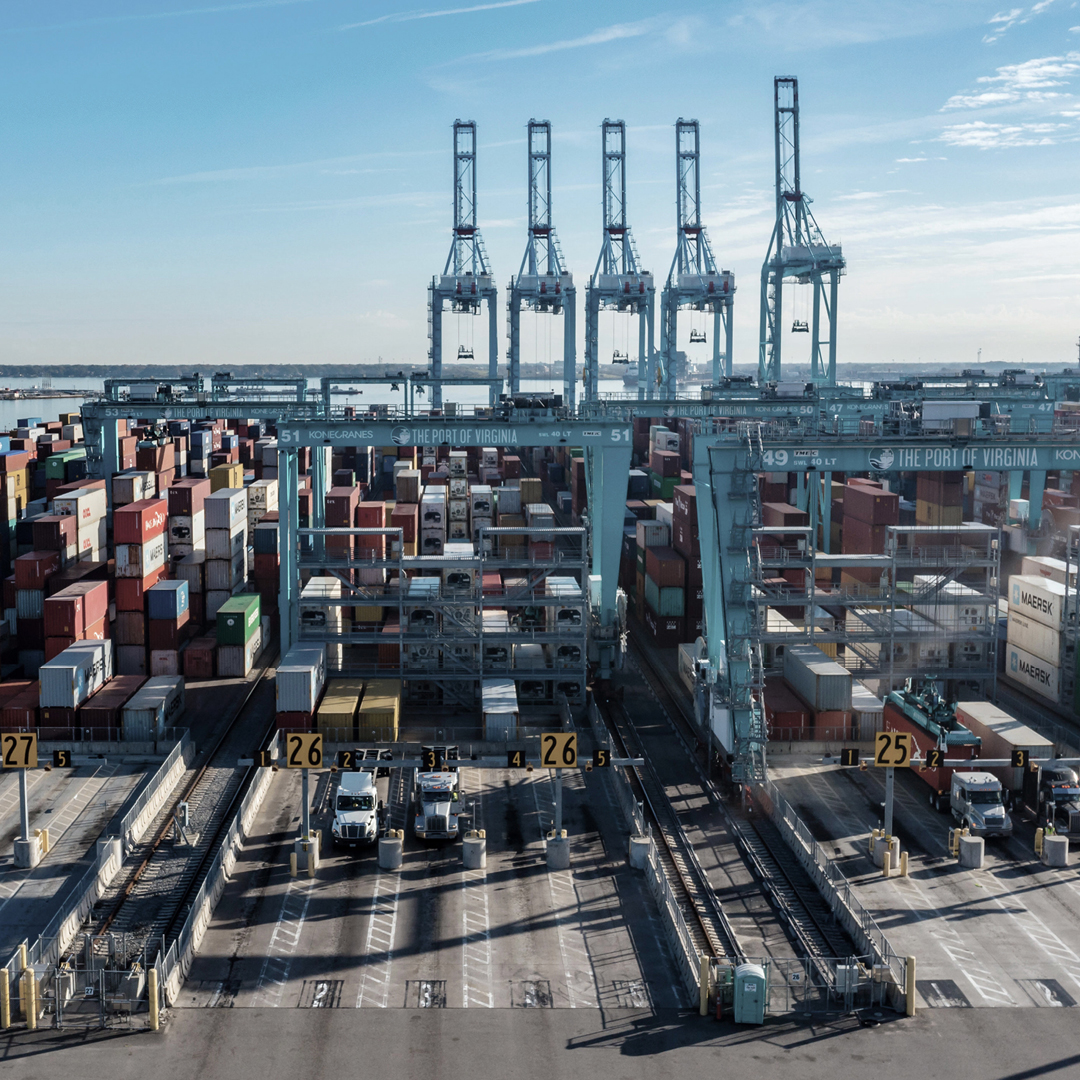Chapter 6
Industrial & Logistics
U.S. Real Estate Market Outlook 2024
5 Minute Read
Slowdown Ahead for Industrial Supply Growth
The U.S. industrial market is expected to stabilize in 2024, with net absorption on par with 2023 levels and taking rent growth moderating to 8%. Construction deliveries will taper off by midyear and finish at half of 2023’s total. New deliveries in the early part of the year will cause the overall vacancy rate to rise to around the 10-year average of 5.0% before falling slightly in the second half of the year. New development will remain low for the foreseeable future due to tight lending conditions, economic uncertainty and an oversupply of large warehouse and distribution facilities in certain markets.
Figure 13: Industrial Construction Starts
Annual leasing activity should remain around 750 million sq. ft. for the next several years at least. Lease renewals will dominate total activity in the first half of 2024, but new leasing may increase in the second half of the year if economic growth improves. Three demand drivers will affect occupier decision-making: supply chain resiliency, e-commerce growth and population growth.
Focus on Supply Chains & Energy Savings
Occupiers are focused on strengthening their supply chains by adding more import locations, onshoring or nearshoring more manufacturing operations and adequately staffing their distribution centers. Look for companies to explore alternative seaport and airport markets to hold more inventory. Strong demand for manufacturing and distribution facilities will be sustained by a projected 7.5% increase in U.S. industrial production over the next five years, according to Oxford Economics. Well-trained, affordable and available labor will remain an important factor in site selection. Markets with labor pools that meet these criteria include Memphis, the PA I-78/81 Corridor, Indianapolis, Louisville, the Inland Empire and Savannah.
E-commerce will continue its slow steady growth over the next decade, leading retailers and their suppliers to add more warehouse and distribution space. This will be particularly prevalent in the U.S. South, with many growing population centers.
Figure 14: Historical & Forecast E-Commerce as a Percent of Total Retail Sales
With pandemic-driven demand waning, occupiers will focus more on energy savings for their facilities. Requirements for sustainable energy sources like solar and wind will grow in 2024. Commercial use of solar panels, for example, is expected to grow by 13% in 2024, according to the Solar Energy Industries Association.
Use of sustainable construction materials and installation of electric truck charging stations will also gain footing. Investment in automation and artificial intelligence for both order picking and inventory control will grow. First-generation space that has these amenities will be in high demand. Markets that have reliable power sources and offer incentives for environmentally friendly power options will be particularly favored by occupiers in 2024.
Markets to Watch
- Central Texas: Austin and San Antonio will continue to merge into one large industrial market, with robust logistics advantages, a growing population and a burgeoning manufacturing sector.
- Nashville: A growing population, strong labor pool, pro-business government and solid logistics capabilities will drive demand in 2024.
- Salt Lake City: The Mountain West is expected to overtake the Southwest as the top western region for population growth, further solidifying Salt Lake City as the region’s primary distribution hub.
- Louisville: Louisville’s central location, strong manufacturing base and pro-business environment will make it one of the top emerging markets.
- Central Florida: This region checks all the boxes for occupiers, with strong population growth, excellent logistics drivers and one of the most attractive labor markets in the country.
Related Service
- Property Type
Industrial & Logistics
We represent the largest industrial real estate platform in the world, offering an integrated suite of services for occupiers and investors.
Related Insights
-
Construction completions totaling 168 million sq. ft.—64% of it vacant—pushed up the overall industrial vacancy rate by 50 basis points (bps) to 4.2% in Q3.
-
Report | Creating Resilience
North American Cargo Volume Nearing Pre-Pandemic Levels
September 18, 2023

Cargo container volumes at the 14 major North American ports tracked by CBRE are returning to pre-pandemic levels after falling by 18.6% year-over-year in the first two quarters of 2023.
Insights in Your Inbox
Stay up to date on relevant trends and the latest research.

